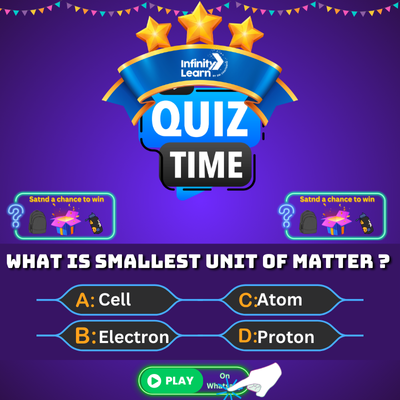Introduction to Environmental Pollution a Matter of Great Concern ; Environmental Pollution ; Sources of Environmental Pollution ; Effects of […]
Uncategorized
Amide – Introduction, Structure, Properties, Types, Preparation and Uses
What is an Amide? Amide – Introduction: An amide is a type of organic molecule that contains a nitrogen atom […]
Types of Reactions Experiment – Detailed Explanation, Facts and FAQs
What is a Reaction Experiment? A reaction experiment is an experiment that is designed to measure the rate at which […]
Halogen Group – Periodic Table, Properties, Characteristics, Key Concepts and FAQ
Standard Halogen Group Elements Number ; The Standard Halogen Group Elements Number is the number of elements in the standard […]
Ferrous Sulfate – Definition, Properties and Uses
What is Ferrous Sulfate? Ferrous Sulfate – Definition: Ferrous sulfate is an inorganic compound with the formula FeSO4. It is […]
Protium – Symbol, Structure, Properties, Uses and FAQs
What is Protium? Protium – Symbol: Protium is a soft, silver-white metal that is the lightest and most abundant isotope […]
Zinc Oxide – Introduction, Properties, Applications, Uses, and FAQs
Zinc Oxide Zinc Oxide – Introduction: Zinc oxide is a mineral that is found in nature. It is a white […]
Hexamine – Explanation, Properties, Structure, Applications, and Uses
What is Hexamine? Hexamine is a white solid with a faint ammonia odor. It is soluble in water and ethanol. […]
Lead IV Oxide (PbO₂) – Structure, Uses, Production and Solved Questions
What is Lead IV Oxide? Lead IV oxide is a compound made up of lead and oxygen. It is a […]
Copper Oxide – Properties, Structure, Uses and Preparation
Introduction of Copper oxide : Copper oxide is an inorganic compound with the formula CuO. A black solid, it is […]


